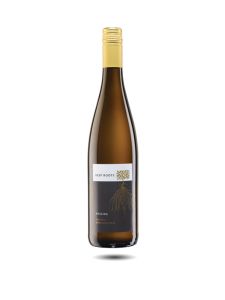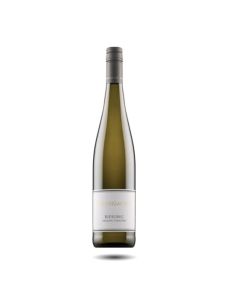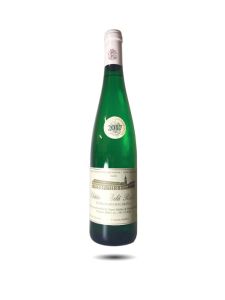We use cookies to make your experience better. To comply with the new e-Privacy directive, we need to ask for your consent to set the cookies. Learn more.
Riesling

Riesling is one of the world’s most noble grape varieties. It achieves its most intense expression in cool regions that ensure long, slow ripening. This allows for aromatic development and retains fresh acidity. The largest area planted to Riesling is in Germany, followed by Australia, New Zealand, Austria, America and Alsace.
Typically, Riesling has floral notes, stone fruit aromas and racy acidity. It can be made dry or with varying amounts of residual sugar, unlike Chardonnay or Sauvignon Blanc that are almost always made dry. Sweetness in Riesling accentuates its fruit flavours and balances its acidity but for consumers it is frequently hard to tell if a wine is dry, off dry or sweet. Riesling is almost never made or aged in oak barrels and thus never shows any woody or vanilla flavours. One flavour that is often attributed to Riesling is “petrol” or “kerosene” when the grapes are grown in dry, sunny climates or in poor, rocky soils. In most Rieslings such notes become increasingly apparent with age as the other aromas fade.
The great home for Riesling is in Germany where there are many different styles: from dry, almost austere Rheingau Riesling, with its backbone of acidity, to fruity, pure Mosel Riesling. Wines without residual sugar – up to 9 grams per liter - are labeled “trocken”.
Riesling is gaining gradual success in the New World and comes in a wide variety of styles: bone-dry with lime fruit paired with kerosene notes to residual sweetness and primary fruit flavours.








